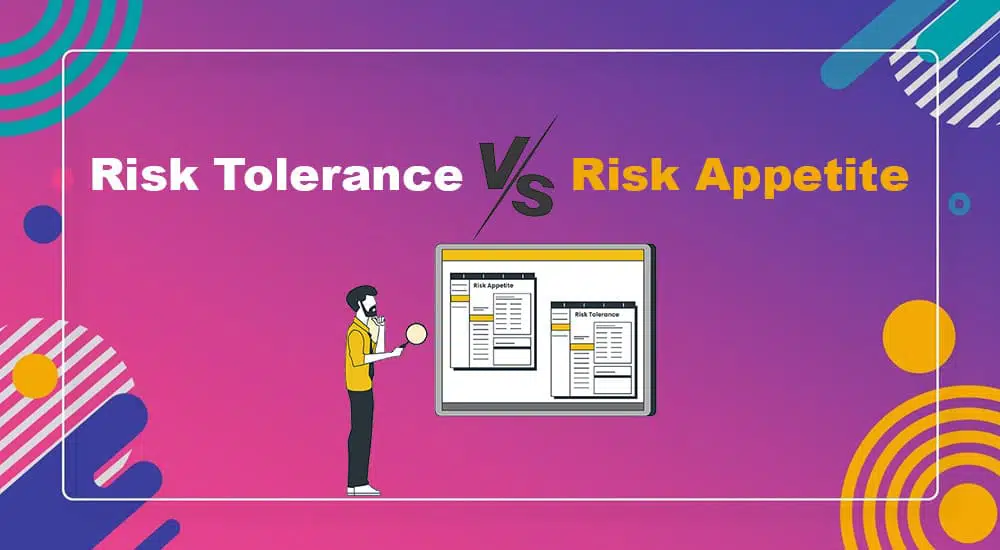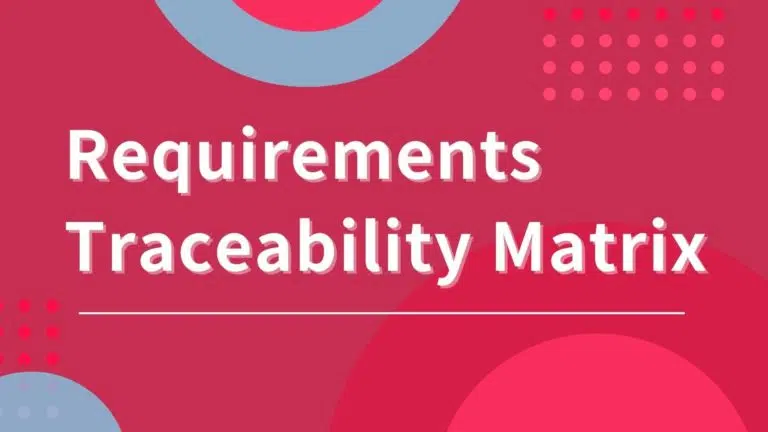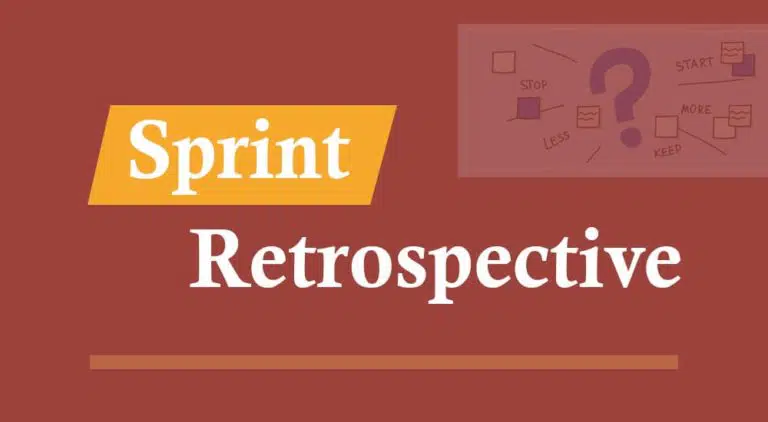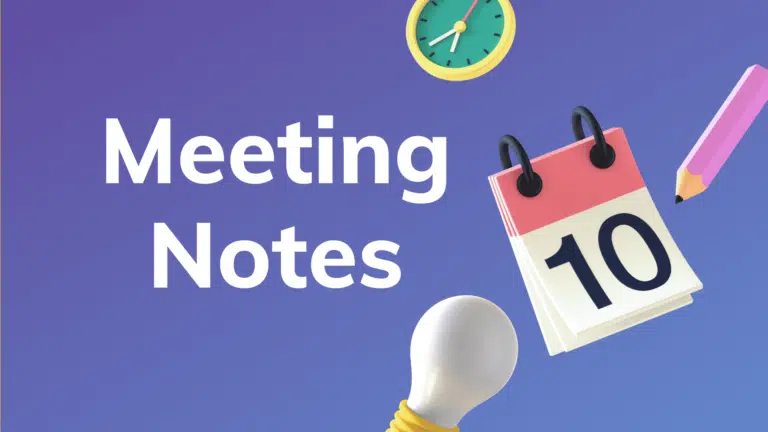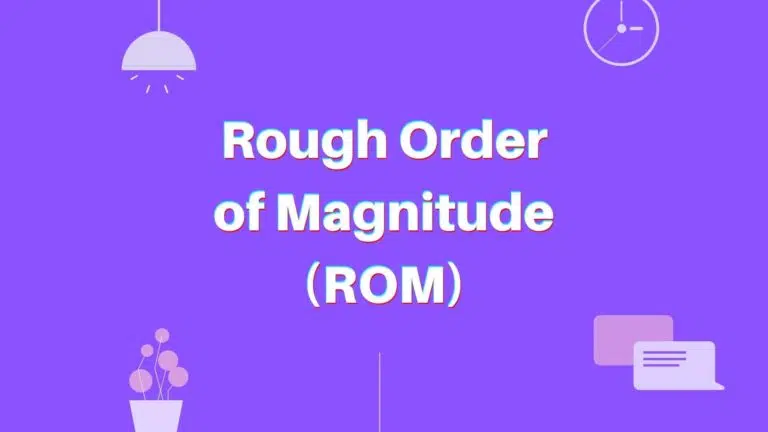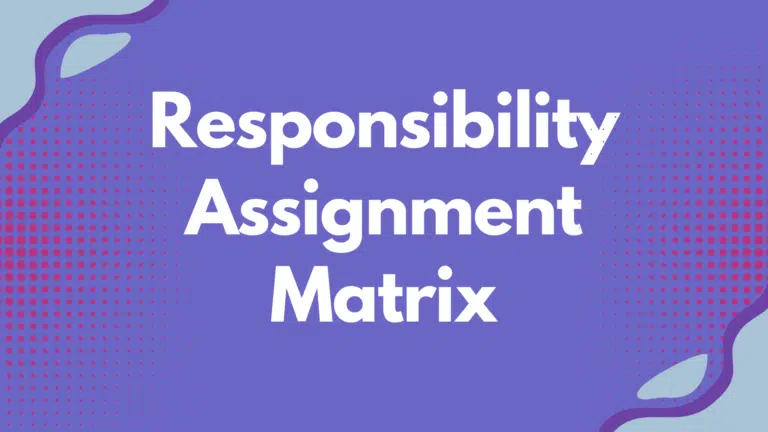Risk tolerance and risk appetite affect your risk management plan; therefore, you must understand these terms.
Today’s blog post will discuss risk tolerance vs risk appetite in detail with explanations and examples.
A risk management plan depends on the stakeholders’ risk attitude, and the risk attitude depends on risk appetite and risk tolerance (and risk threshold).
A risk is an uncertain event or condition that, if it occurs, has a positive or negative effect on one or more project objectives, such as scope, schedule, cost, and quality.
A risk can be an opportunity or a threat. The positive risk positively affects project objectives, and the negative risk impacts them negatively.
Risk management intends to increase the probability or impact of positive risks and reduce the probability or impact of negative risks. The strategy you will use depends on the behavior of your stakeholders. This stakeholder behavior depends on their risk tolerance and appetite.
Risk Tolerance Vs Risk Appetite
Every individual behaves differently towards risks. Some may want to accept it, and others may want to avoid it. This behavior depends on their risk appetite and risk tolerance. Risk appetite and risk tolerance are related terms, but they are different.
An organization decides its risk appetite to decide how to manage risks. However, risk tolerance is determined on a case-by-case basis.
Risk Tolerance
According to the PMBOK Guide, “Tolerance is the specified range of acceptable results.”
Risk tolerance shows how much risk an organization or individual can withstand. A high-risk tolerance means they are willing to take on more risk, while a low tolerance is an opposite.
Risk tolerance shows the risk attitude of stakeholders or an organization in measurable units.
Several factors affect risk tolerance, such as the criticality of the project, its impacts on profitability, and how the risk will affect customer satisfaction.
Risk tolerance is shown in limits; for example, 5-10% cost slippage is accepted.
Risk Tolerance Example
You are bidding for a project. Your rough order estimates say that this project costs approximately 100,000 USD. Your organization cannot allow you to bid for more than 10% of this amount.
This 10% is your risk tolerance limit.
Risk Appetite
Appetite means hunger, and so risk appetite translates to risk hungry.
According to the PMBOK Guide, “Risk appetite is the degree of uncertainty an organization or individual is willing to accept in anticipation of a reward.”
Risk appetite shows how hungry an organization is to take risks. It is subjective, and you can’t quantify hunger.
Some organizations can take a high risk if the reward is high. If they take risks, their risk appetite is high, and the organization that plays conservatively has a lower risk appetite.
Risk Appetite Example
You can rate risk appetite from high to low.
Summary
Understanding risk tolerance and risk appetite will help you develop your risk management plan. Risk appetite is a tendency towards risks, and risk tolerance is an acceptable variance.

I am Mohammad Fahad Usmani, B.E. PMP, PMI-RMP. I have been blogging on project management topics since 2011. To date, thousands of professionals have passed the PMP exam using my resources.

